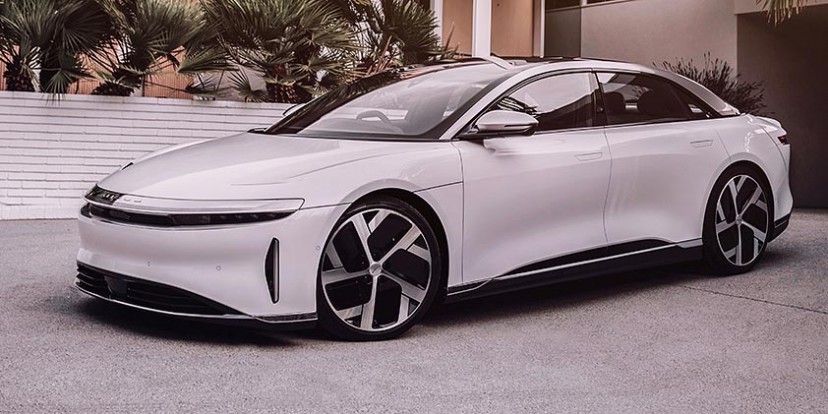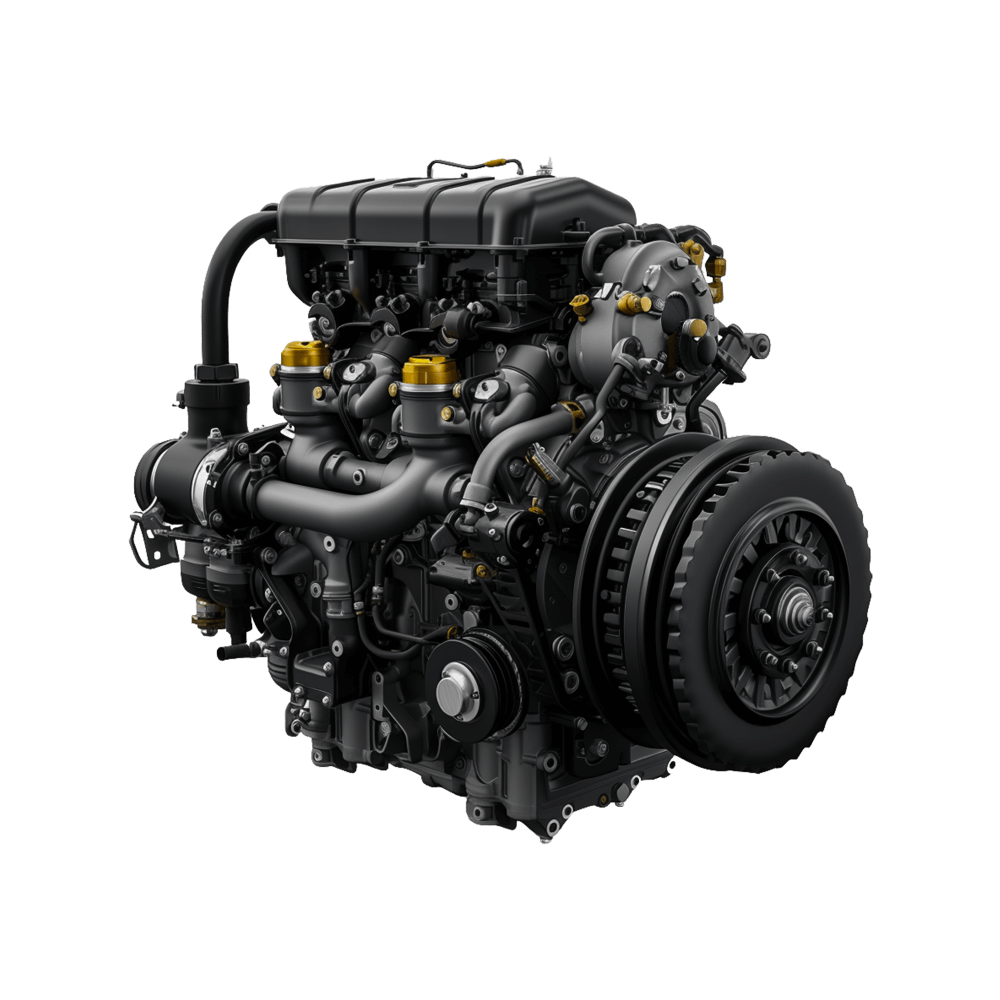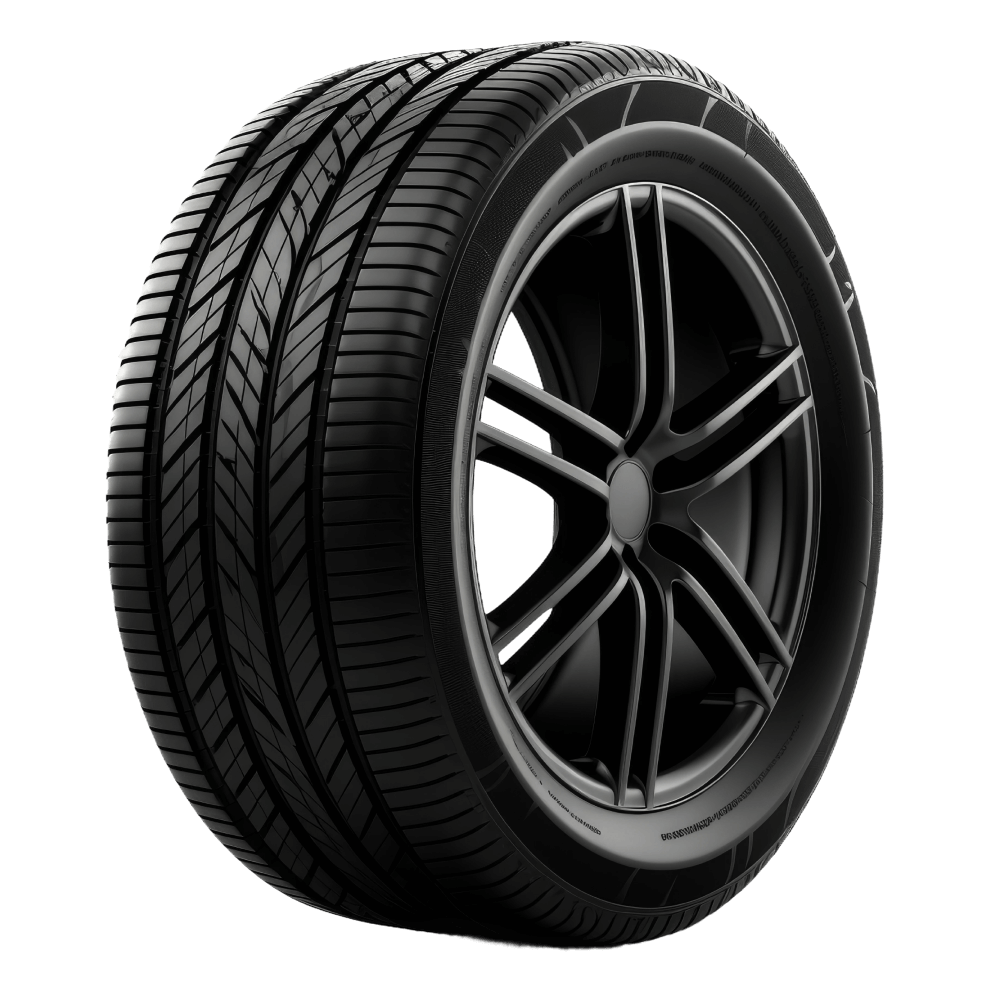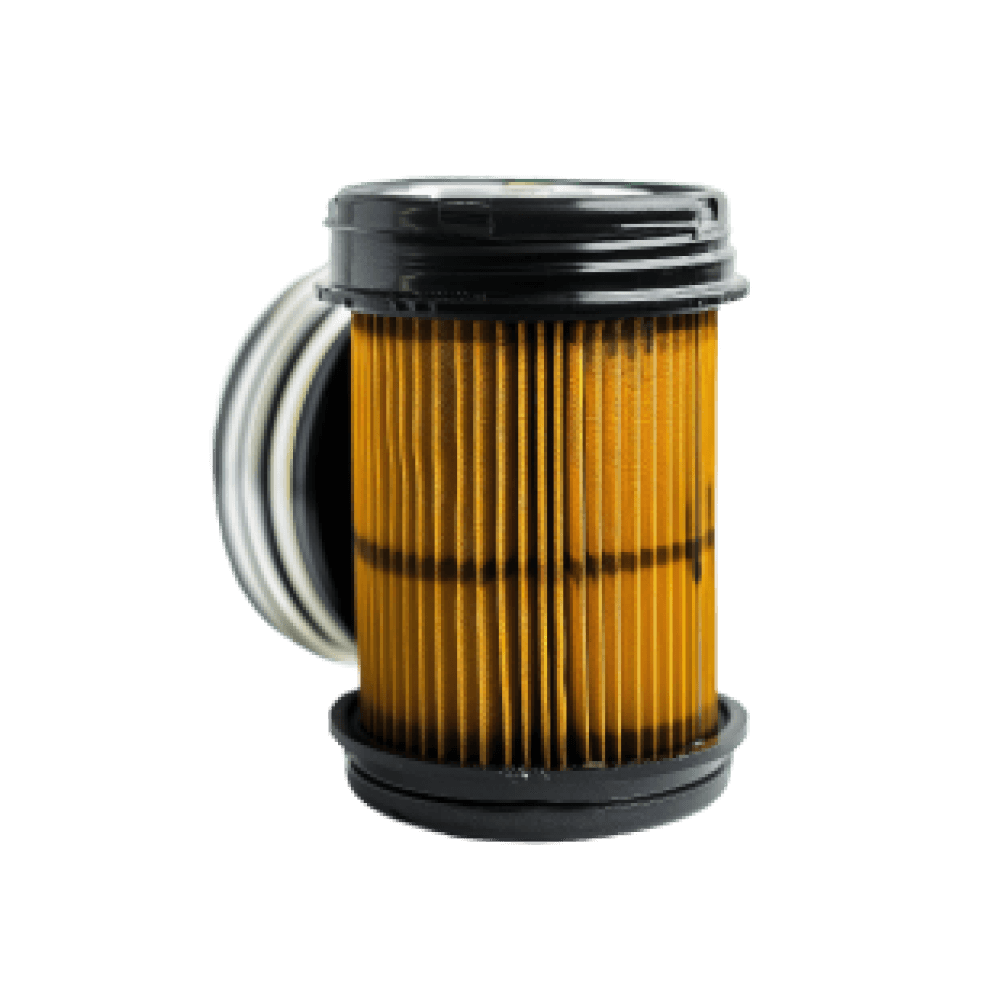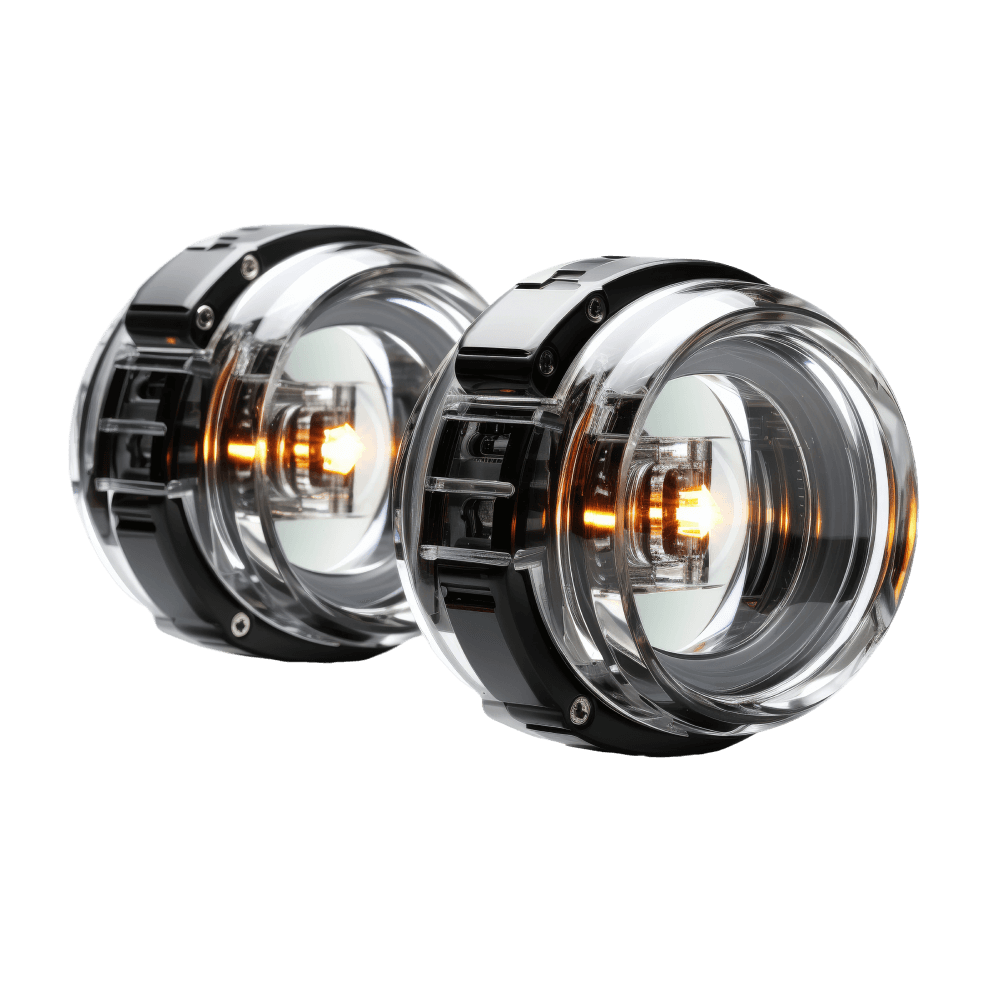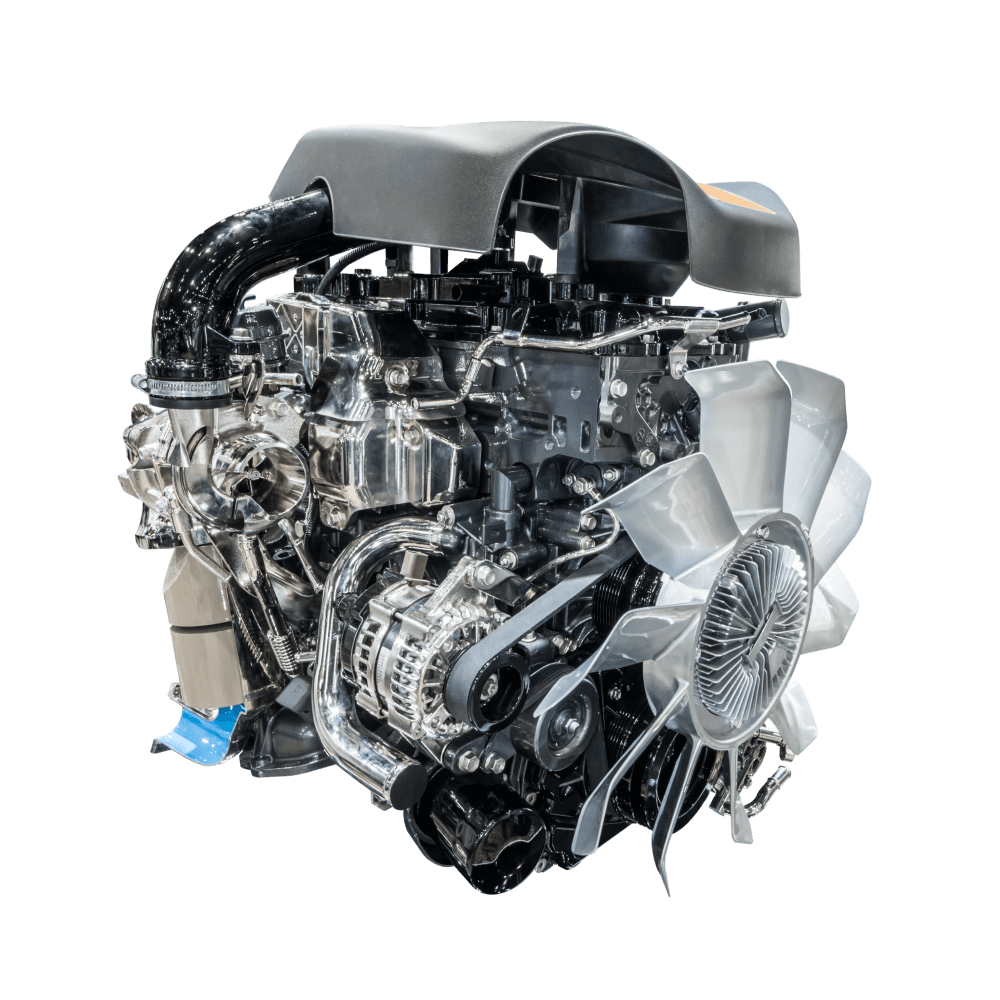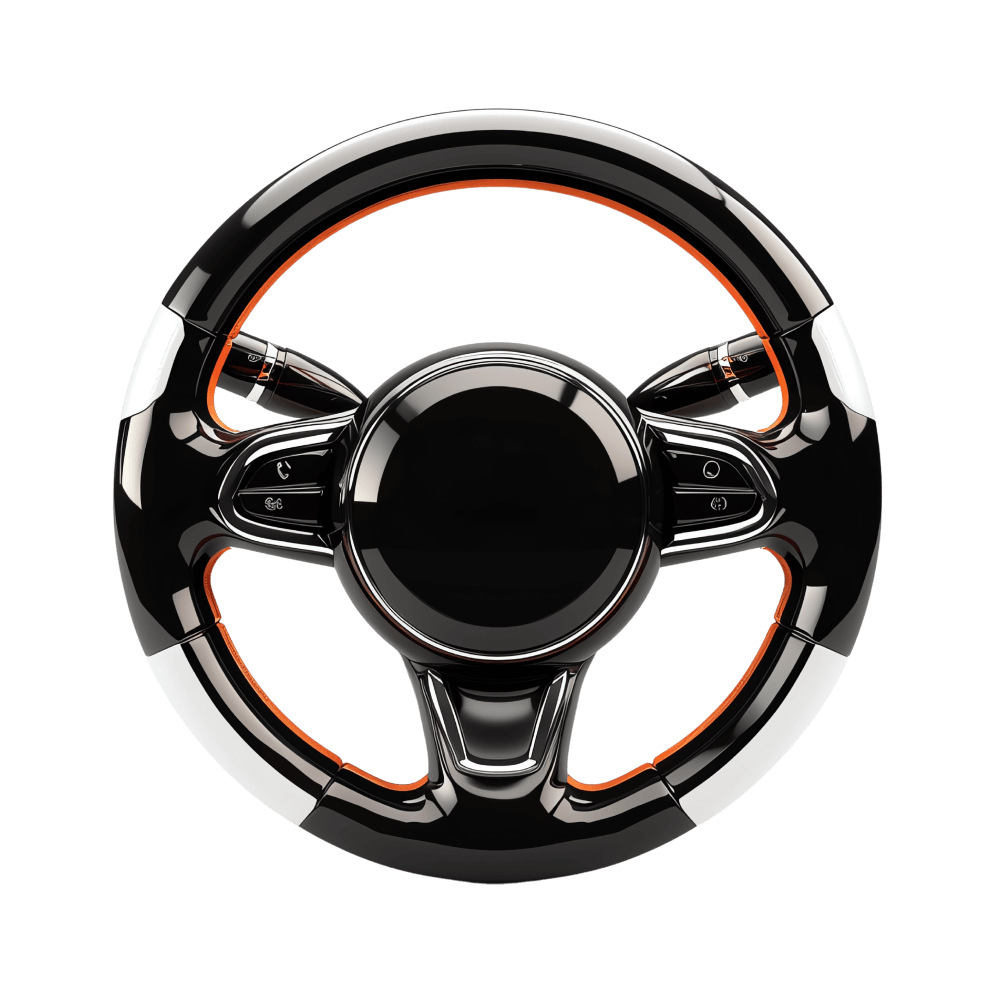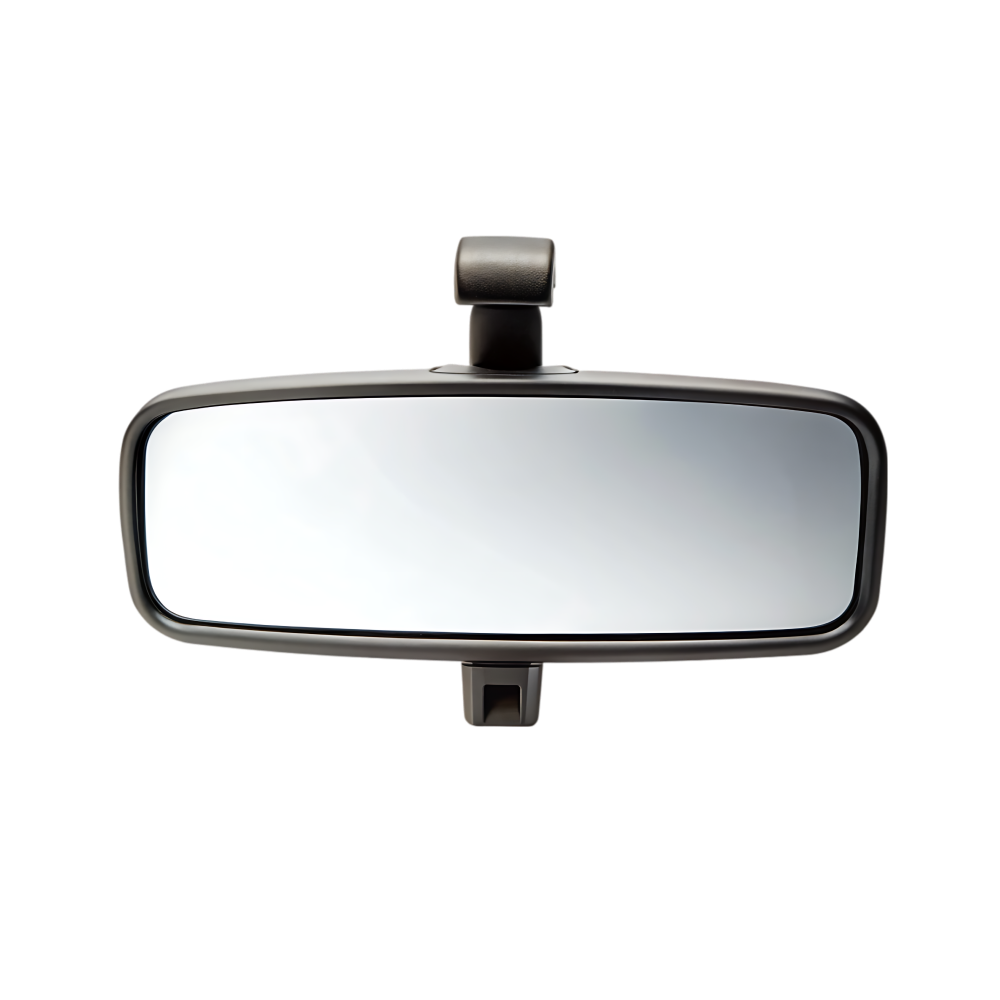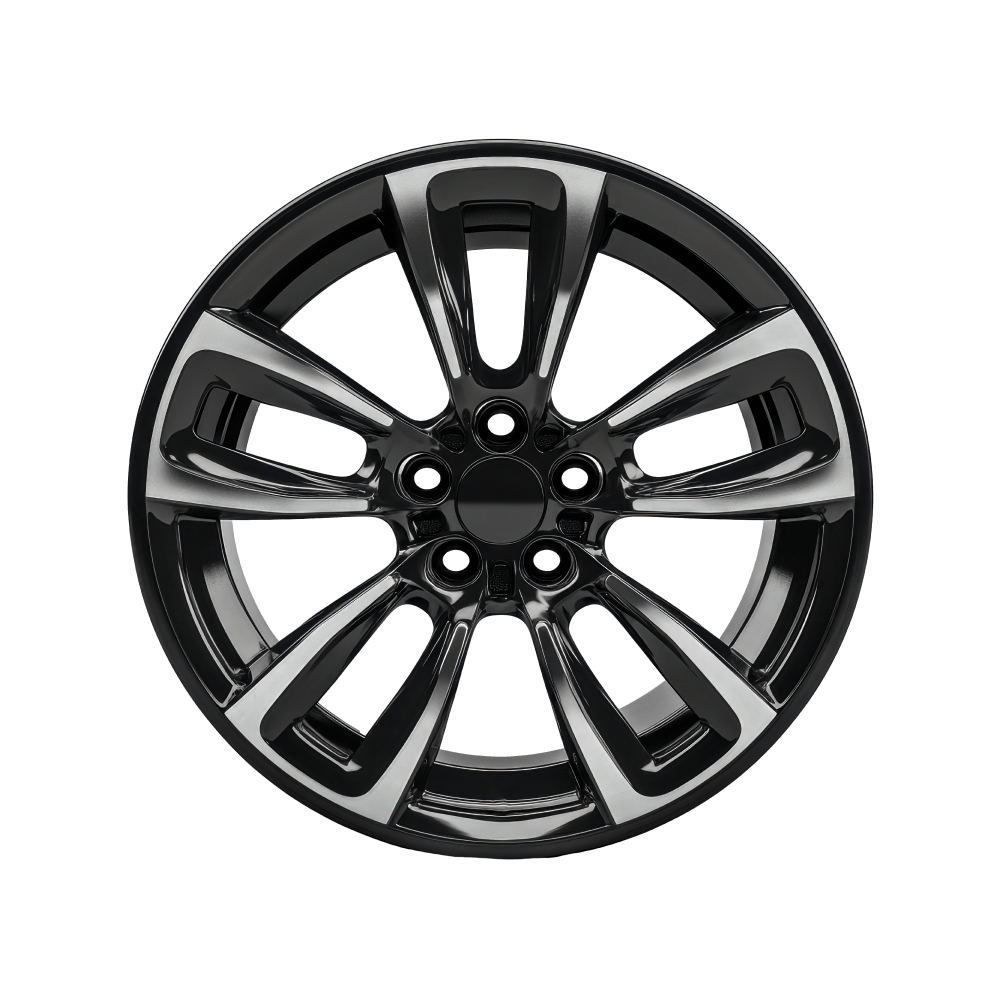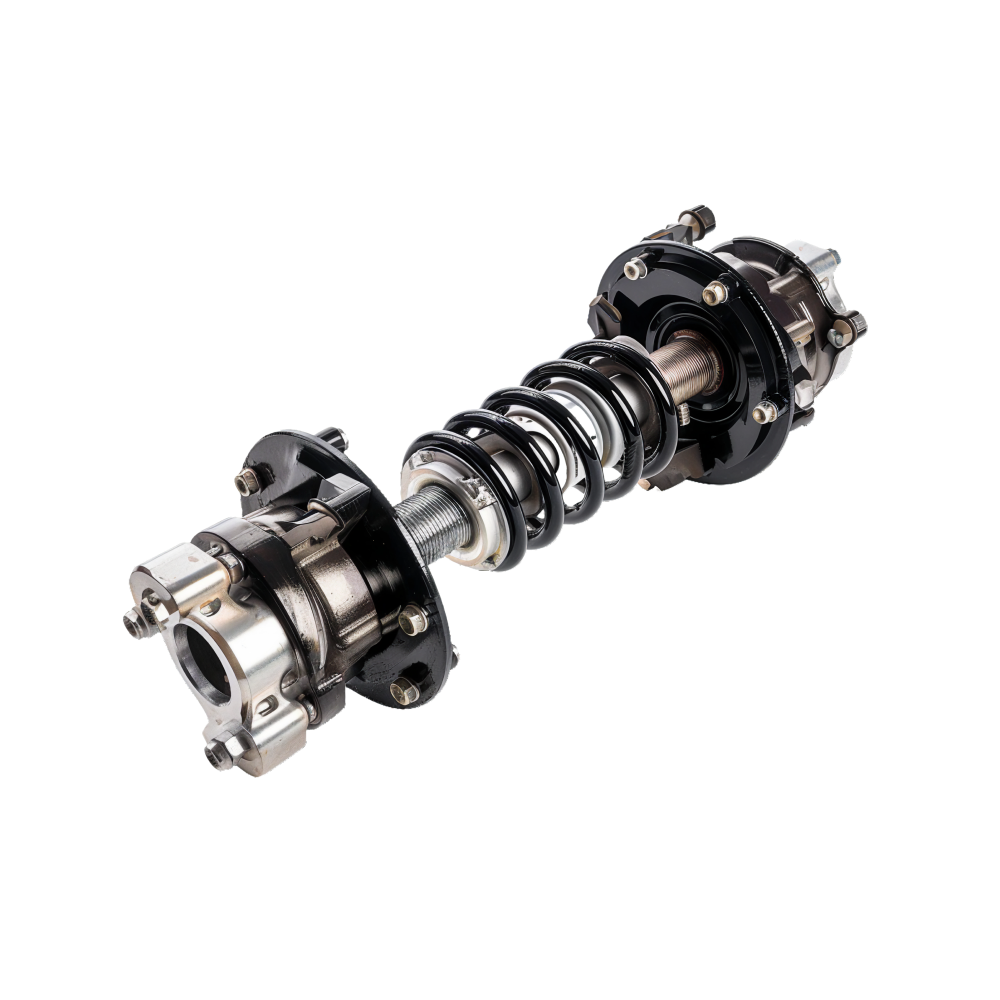Login
Max McDee, 15 August 2025
Misc Range Test
Electric cars are no different from their gas-powered cousins when it comes to this one thing: official range figures. Those “official” numbers are one thing, but real-world performance is what truly matters to drivers. A comprehensive test conducted by the Norwegian Automobile Association (NAF) put 27 new electric vehicles to the test, and the results were quite interesting.
The Lucid Air, a luxury sedan from the United States, has set a stunning new distance record, traveling an impressive 829 km on a single charge, shattering the previous record held by the Tesla Model S at 672 km.
Twice a year, the NAF runs its “El Prix” test, a demanding real-world trial designed to see how far the latest EVs can actually go. The test isn’t a gentle drive on a closed track. Cars start with a full battery in Oslo and drive in normal traffic on a route that includes city streets, country roads, and highways. The path heads north, forcing the vehicles to climb in elevation.
During this latest run, drivers faced temperatures between 7°C and 17°C and bouts of heavy rain, conditions that typically reduce an EV’s efficiency. This rigorous setup gives a much clearer picture of what a driver can expect from their electric car than a simple lab test.
Lucid Air’s record-breaking performance is, on one hand, not entirely a surprise. The car has a massive 118 kWh battery, one of the largest power packs available in a passenger vehicle today. More battery usually means more range, but this story has a twist.
Despite its incredible 829 km journey, the Lucid Air actually fell short of the official range figure provided by the manufacturer. That’s quite an interesting point: while a big battery can deliver a big number, it doesn’t always guarantee that it will meet its own lofty promises.
While the Lucid Air took the top spot for overall distance, another vehicle arguably stole the show for efficiency. The updated Tesla Model Y Long Range AWD delivered a truly remarkable performance. Its official WLTP range is listed at 586 km, but in the challenging Norwegian test, the Model Y kept going and going, finally stopping after 652 km, exceeding its official rating by 66 km.
The success of the Model Y was not an isolated case. The test revealed a positive trend, with more than half of the vehicles tested, 15 out of 27, either meeting or exceeding their official WLTP range figures, suggesting that automakers are getting much better at managing the battery power.
But how far the EVs could travel is just a part of the test. The NAF test also measured how quickly they could recharge. Here, a new class of ultra-fast charging electric cars emerged. The Lotus Emeya R and Zeekr 7X both exceeded a charging speed of 400 kW, a rate that can add huge amounts of range in just a few minutes.
The Lucid Air also performed well, reaching a peak charging speed of 311 kW. Meanwhile, the new Porsche Macan and its platform-mate, the Audi Q6 e-tron, clocked in at just under 290 kW. For most of the other EVs, charging speeds did not go over 250 kW, but that’s still quite fast for today’s public charging infrastructure. Here are the full results:
Source
After looking at that table below, I can only say that Lucid Air is actually the biggest loser. It has 131 km shorter range than Its WLTP range. Second worst one was Volvo EX90 which lost 32km of its WLTP range.
EV finder
Home News Compare About us RSS feed
Facebook Twitter Instagram
© 2022-2025 ArenaEV.com Mobile version EV Finder Glossary Privacy Terms of use
From the team behind
GSMArena.com

